Instruction
Understand your wedge data to find the “magic yardage”

Being a good wedge player can really help golfers lower their scores in an instant.
Wedge shots from inside 100 yards from the fairway are a safe zone, the place where golfers lay up on a par 5 or the position they seek when they get in trouble off the tee. The key for golfers is to try and place their third shot as close to their “magic yardage” as they can; thus, they will have a great chance of making a birdie or saving par.
A golfer’s “magic yardage” is the distance inside 100 yards that he or she feel the most comfortable having into the green. It could be 43 yards, 80 yards or 93.5 yards. Golfers will always seek this yardage to the flag on holes where they don’t try and hit the green in two shots for whatever reason. This yardage is different for every person and can be a full swing, a shorter swing or a choked down partial shot. It’s just the one that they feel they can hit close to the pin more often than not.
With that being said, my magic yardage is 80 yards (for me it’s a 54-degree wedge choked down halfway taken up to shoulder high). Personally, I don’t know why this partial swing feels so comforting to me, however, it seems to work. That’s why I don’t lay-up to any other position unless the conditions dictate otherwise.
What I have attached is my Trackman data for a sampling of seven shots I hit last week from 80 yards noting several things:
- My club head speed was between 66 and 68 mph.
- My ball speeds were 67 to 74 mph.
- The launch angles of my shots were between 21 and 28 degrees (because I hit these shots with different trajectories on purpose).
- My carry distances were between 75 to 84 yards.
- The spin of these shots ranged between 5,000 and 10,000 rpm.
So now that you have examined my shots, what can we ascertain from this data?
Using different launch angles, dynamic lofts and trajectories can alter a golfer’s descent angles and affect their spin rates. That makes the ball react differently on the green. Golfers don’t need to hit the same shot every time into the pin from 80 yards, but it is helpful if they want to know how the ball is going to react once it hits the green.
Final Analysis
There is more than one way to hit a shot close to the pin, but the more consistent golfers can be within the parameters of club head speed, attack angle, launch angle, dynamic loft and backspin rates for each shot, the better they will be at controlling the ball once it lands.
Practice on a launch monitor to see what your data trends are from 30 to 100 yards, and you will find your own “magic yardage.” From there, you can hit a multitude of shots trying to better control the factors listed above in order to truly master your wedge game for good!
- LIKE4
- LEGIT1
- WOW0
- LOL0
- IDHT0
- FLOP0
- OB0
- SHANK1
Instruction
Clement: Stop ripping off your swing with this drill!

Not the dreaded headcover under the armpit drill! As if your body is defective and can’t function by itself! Have you seen how incredible the human machine is with all the incredible feats of agility all kinds of athletes are accomplishing? You think your body is so defective (the good Lord is laughing his head off at you) that it needs a headcover tucked under the armpit so you can swing like T-Rex?
- LIKE0
- LEGIT1
- WOW2
- LOL0
- IDHT0
- FLOP0
- OB0
- SHANK2
Instruction
How a towel can fix your golf swing

This is a classic drill that has been used for decades. However, the world of marketed training aids has grown so much during that time that this simple practice has been virtually forgotten. Because why teach people how to play golf using everyday items when you can create and sell a product that reinforces the same thing? Nevertheless, I am here to give you helpful advice without running to the nearest Edwin Watts or adding something to your Amazon cart.
For the “scoring clubs,” having a solid connection between the arms and body during the swing, especially through impact, is paramount to creating long-lasting consistency. And keeping that connection throughout the swing helps rotate the shoulders more to generate more power to help you hit it farther. So, how does this drill work, and what will your game benefit from it? Well, let’s get into it.
Setup
You can use this for basic chip shots up to complete swings. I use this with every club in my bag, up to a 9 or 8-iron. It’s natural to create incrementally more separation between the arms and body as you progress up the set. So doing this with a high iron or a wood is not recommended.
While you set up to hit a ball, simply tuck the towel underneath both armpits. The length of the towel will determine how tight it will be across your chest but don’t make it so loose that it gets in the way of your vision. After both sides are tucked, make some focused swings, keeping both arms firmly connected to the body during the backswing and follow through. (Note: It’s normal to lose connection on your lead arm during your finishing pose.) When you’re ready, put a ball in the way of those swings and get to work.

Get a Better Shoulder Turn
Many of us struggle to have proper shoulder rotation in our golf swing, especially during long layoffs. Making a swing that is all arms and no shoulders is a surefire way to have less control with wedges and less distance with full swings. Notice how I can get in a similar-looking position in both 60° wedge photos. However, one is weak and uncontrollable, while the other is strong and connected. One allows me to use my larger muscles to create my swing, and one doesn’t. The follow-through is another critical point where having a good connection, as well as solid shoulder rotation, is a must. This drill is great for those who tend to have a “chicken wing” form in their lead arm, which happens when it becomes separated from the body through impact.
In full swings, getting your shoulders to rotate in your golf swing is a great way to reinforce proper weight distribution. If your swing is all arms, it’s much harder to get your weight to naturally shift to the inside part of your trail foot in the backswing. Sure, you could make the mistake of “sliding” to get weight on your back foot, but that doesn’t fix the issue. You must turn into your trial leg to generate power. Additionally, look at the difference in separation between my hands and my head in the 8-iron examples. The green picture has more separation and has my hands lower. This will help me lessen my angle of attack and make it easier to hit the inside part of the golf ball, rather than the over-the-top move that the other picture produces.


Stay Better Connected in the Backswing
When you don’t keep everything in your upper body working as one, getting to a good spot at the top of your swing is very hard to do. It would take impeccable timing along with great hand-eye coordination to hit quality shots with any sort of regularity if the arms are working separately from the body.
Notice in the red pictures of both my 60-degree wedge and 8-iron how high my hands are and the fact you can clearly see my shoulder through the gap in my arms. That has happened because the right arm, just above my elbow, has become totally disconnected from my body. That separation causes me to lift my hands as well as lose some of the extension in my left arm. This has been corrected in the green pictures by using this drill to reinforce that connection. It will also make you focus on keeping the lead arm close to your body as well. Because the moment either one loses that relationship, the towel falls.


Conclusion
I have been diligent this year in finding a few drills that target some of the issues that plague my golf game; either by simply forgetting fundamental things or by coming to terms with the faults that have bitten me my whole career. I have found that having a few drills to fall back on to reinforce certain feelings helps me find my game a little easier, and the “towel drill” is most definitely one of them.
- LIKE11
- LEGIT1
- WOW2
- LOL0
- IDHT0
- FLOP2
- OB0
- SHANK8
Instruction
Clement: Why your practice swing never sucks
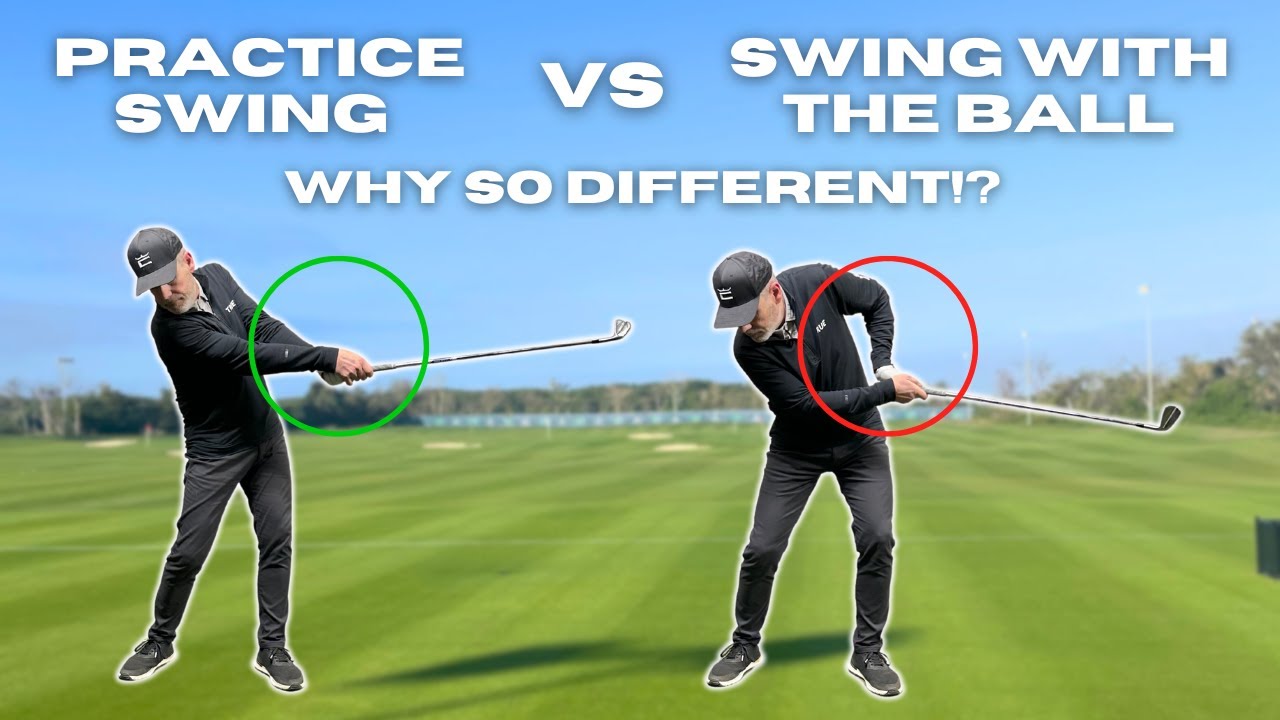
You hear that one all the time; I wish I could put my practice swing on the ball! We explain the huge importance of what to focus on to allow the ball to be perfectly in the way of your practice swing. Enjoy!
- LIKE0
- LEGIT0
- WOW0
- LOL0
- IDHT0
- FLOP0
- OB0
- SHANK2
-

 19th Hole2 days ago
19th Hole2 days agoJohn Daly stuns fans into silence with brutal opening tee shot on PGA Tour Champions
-

 19th Hole6 days ago
19th Hole6 days ago2-time major champ announces shock retirement from the sport at age of 33
-

 19th Hole1 week ago
19th Hole1 week agoEdoardo Molinari reveals the latest PGA Tour golfer to turn down ‘good offer’ from LIV Golf
-

 19th Hole1 week ago
19th Hole1 week agoScottie Scheffler had an interesting response when asked how he ‘quiets the noise’ following Players victory
-

 19th Hole1 week ago
19th Hole1 week agoJon Rahm dealt fresh blow to hopes of qualifying for 2025 Ryder Cup
-

 Equipment2 weeks ago
Equipment2 weeks agoBest driver 2024: The best driver for you, as recommend by expert club fitters
-

 19th Hole2 days ago
19th Hole2 days agoCharlie Woods finds it tough going on American Junior Golf Association debut
-
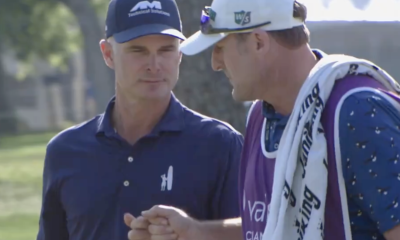
 19th Hole5 days ago
19th Hole5 days agoWhy Kevin Streelman sought USGA approval to use this equipment tool as he leads Valspar after round one




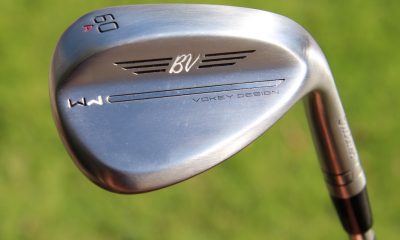

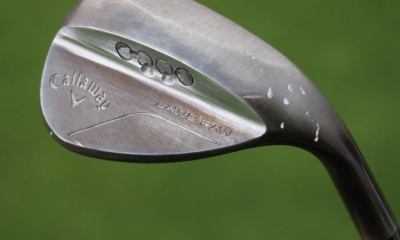

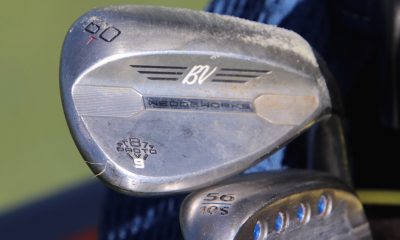

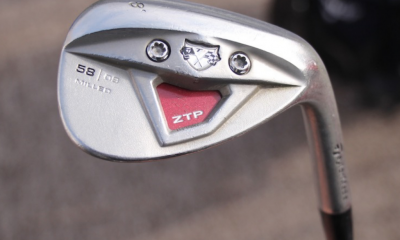



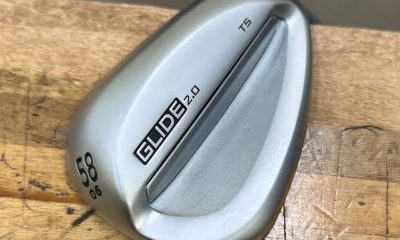











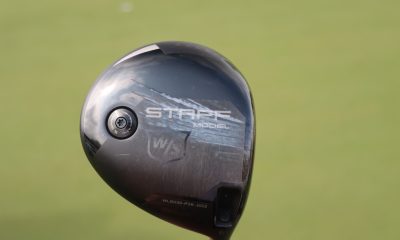

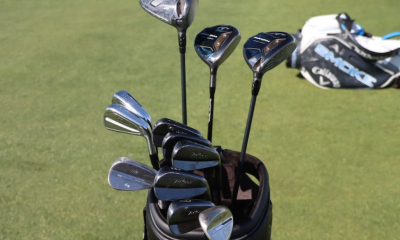

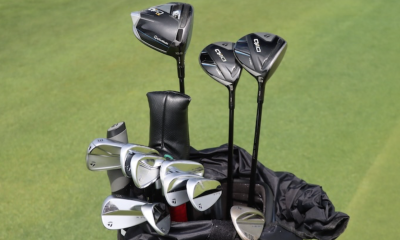



RG
May 30, 2014 at 9:54 pm
Strike the match, spread the butter.
snowman0157
May 28, 2014 at 5:24 pm
good article, BUT I thought there was a recent study (sorry I cannot recall/name the source) that found for handicap golfers, best chance of getting up/down was by getting as close to the green as possible, rather than laying up to “magic yardage”. Anyone know what I’m talking about?
Club champ
May 28, 2014 at 6:57 pm
Yes. In the book “Every Shot Counts” by Mark Broadie
larrybud
Sep 3, 2013 at 1:42 pm
Pelz’s study on repeatable distance showed that the “9 o’clock” swing, the one where your left arm is essentially parallel to the ground, was the easiest to repeat and most consistent.
My guess is that is most players “magic” distance.
Blakester
Sep 3, 2013 at 12:24 pm
Best way to get average wedge distances with no trackman is to hit 5-6 shots with each position (choke down, choke down 1/2 swing…etc) on an empty fairway and then stand in the center of the landing area and shoot a range finder back to your cart or golf bag. I’ve tried to do this over the last few weeks when I’m playing 9 and time allows. Make sure you write it down!
Billy pun
Sep 3, 2013 at 5:31 am
well said, but not everyone can afford trackman. I tried practices on hitting targets in the range. Using bushnell to make sure i got the exact yardage. However, the quality of the golf ball is……
well, too bad … range balls is the best i can afford
Happyday
Sep 2, 2013 at 6:15 pm
Be great to practice on a launch monitor frequently, especially to dial in prior to tournaments (+2 hndcp). Anyway of working this out without launch monitor, try to practice as much as possible on empty course with range finder.
Lawrie Montague
Sep 2, 2013 at 7:07 pm
It is great information and absolutely essential, but not everyone can afford a Trackman System to practice dialing in their yardages. We come across this question a lot from elite golfers. Check out the Elite Golfer Improvement System at http://www.protourgolfcollege.com for another option for practicing your wedge distance control.